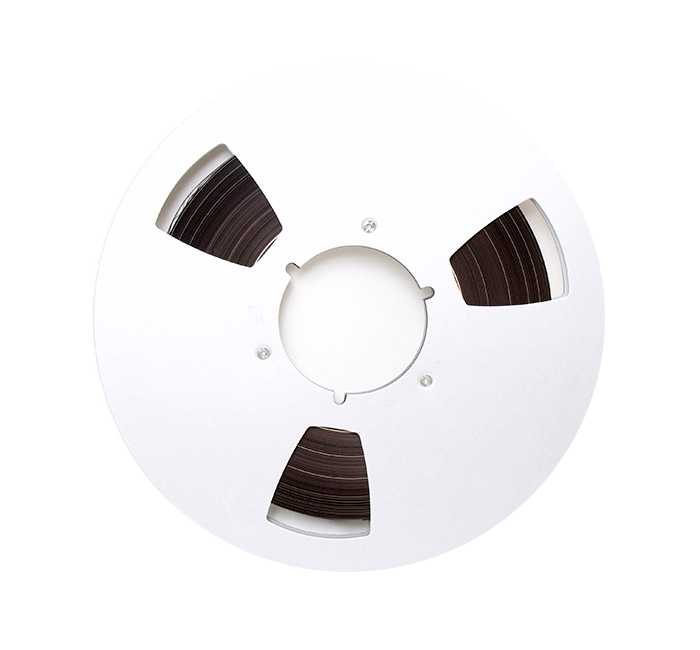
We offer a full suite of solutions to convert and transfer your 1" Open Reel video tape into a digital file or DVD/Blu-ray format.
Open Reel is a format of analog video that would play off spools of magnetic tape, first developed in the 50s as a trial to see if Video could be recorded onto a similar format to audio.
Data is recorded to the magnetic tape by Recording Heads that pass along the magnetic video tape as it wraps around spinning drums, and is capable of recording alongside audio.
The earlier, experimental iterations of the format were considered failures, requiring impractically large reels (21”), running at 200” per second, only to produce poor image quality. This wasn’t a sustainable model for the marketplace.
Around the same time, Transverse and Helical Scan prototypes were being developed that allowed for a greater amount of data to be read off less tape by recording the data at an angle across the width, opposed to a straight line down the length of the tape.
In the 1980s, the broadcasting industry would land upon the Helical Scan design as the industry standard, as it offered a clean still-frame and pause solutions, where designs such as the Quadraplex were incapable of producing coherent images while the tape stopped.
The advent of open reel technology brought along new broadcasting practices that have since become commonplace, such as the ability to re-wind and Instant Replay during live presentations.










